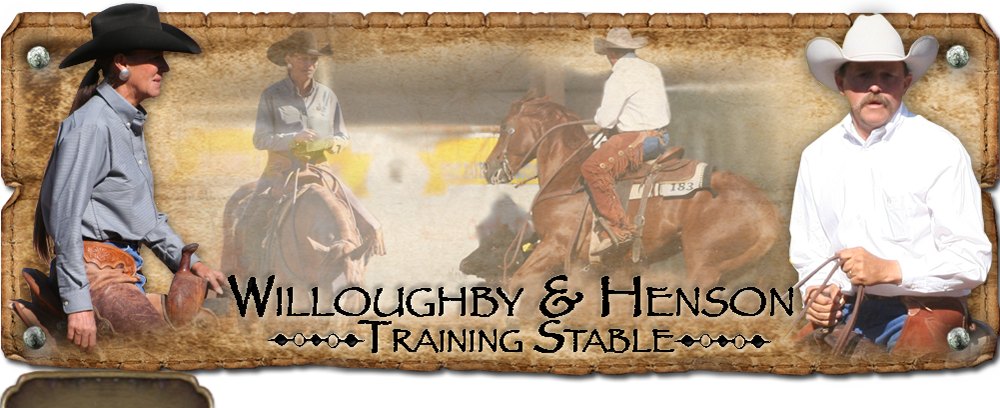

|
For the rider that is interested in getting started competing in Versatility Ranch Horse (VRH), NVRHA has developed a program to help riders acquire the knowledge and skills needed. Through a fun, educational, encouraging, and low stress atmosphere the rider and horse can move through the different skill levels needed for the VRH event. This is generally accomplished by attending VRH clinics, which are specifically geared toward the skills needed for horsemanship, cutting, roping, cattle work, trail and reining. The clinics are usually one or two day events. Schooling competitions are also provided to put newly acquired skills to use. The schooling competitions are held on an additional day after the clinics are complete. A rider that attends a clinic is not required to compete but encouraged to do so. The competitions are fun, relaxed and really help to provide the horse/rider team with the complete VRH experience. VRH Event Horse Safety is most important when choosing a horse for the VRH event. Your horse should be comfortable being around many different horses, people and situations. * It should be broke enough to handle ropes being swung on and around him, controllable around cattle, good with trail obstacles, and the rider should be able to control the horse at every gait and speed. * It is also very beneficial to have a horse that will take its leads (does not have to know flying lead changes). * A good stop is essential. * Stallions may participate as long as they are well mannered, controllable, and do not compromise the safety of the owner, other horses and other riders. VRH Rider As a participant of the VRH clinics and schooling competitions it is very important to be able to have fun and enjoy the experience. * You should have an open mind and be able to accept praise and helpful suggestions given by clinicians and judges. * You should have a realistic assessment of your riding abilities and skills. * It is also important to be knowledgeable on the rules and regulations of the VRH event. * You should always be considerate and courteous to other riders, judges, volunteers and spectators and always promote goodwill and try to enhance the experience of others and yourself when ever possible. * For competition only, riders are required to wear a long sleeved shirt and a cowboy hat. Chaps or chinks are optional. VRH Tack Competing in the VRH Event is not about glitz and glamour. A good working outfit is all that is needed. The silver-adorned show equipment commonly used in showing is not needed and in fact is discouraged. After all the Versatility Ranch Horse Event is about showing a working horse, in it’s working gear, with the rider in their working clothes. * Saddle - Stout enough to dally and stop a minimum 400-lb cow, back cinch and breast collar are also needed for cattle classes especially when roping. * Pads and Cinches - Natural fibers are best, such as wool and mohair. Because horses may be saddled for a long time it is a good idea to stay away from the Noeprene-type equipment. Neoprene holds too much heat and can lead to blistering and soreness. * Reins - Split or Romal are permitted. (Make sure to refer to the rules and regulations on the proper technique when using each type of rein). * Bits - A snaffle bit can be used on a horse 5 years and younger and the horse can be ridden with two hands. A curb bit must be used on horses 6 years and older and must be ridden with one hand if no penalty is to be taken. * Halters and Headstalls - Rope, plain leather or plain nylon halters are fine for conformation classes. Headstalls should have a throatlatch for security in the fast-moving cattle classes. * Leg Protection - It is a good idea to protect your horse’s legs with bell boots and splint boots or other athletic boots. * Keep in mind that when competing, boots can only be worn during Ranch Cutting, Ranch Riding, Ranch Trail and Working Ranch Horse classes. Boots cannot be worn for Conformation classes. Basic Etiquette Basic etiquette and guidelines are necessary in order to ensure everyone’s safety and enjoyment during clinics and competitions. * Try to be considerate of others and maintain a good sense of humor. People may be tired, nervous, excited or frustrated. * Be helpful and patient with newcomers. * Make sure that when tying your horse, it is a safe location and a secure rail or post. * A rider must be in control of his or her horse at all times. * When entering a warm-up area always be aware of others around you and yield to riders already warming up. * Stay to the inside if you want to go slow, to the outside if you want to go fast. * Maneuvers such as spins and rollbacks should be done in the center of the warm-up area as apposed to the outside where others are moving at a faster, steady gate. * Never stop in traffic. If you have to stop pick an area with no traffic. * Always adjust or apply boots, equipment and tack in an area that does not interfere with other riders and flow of traffic. |
